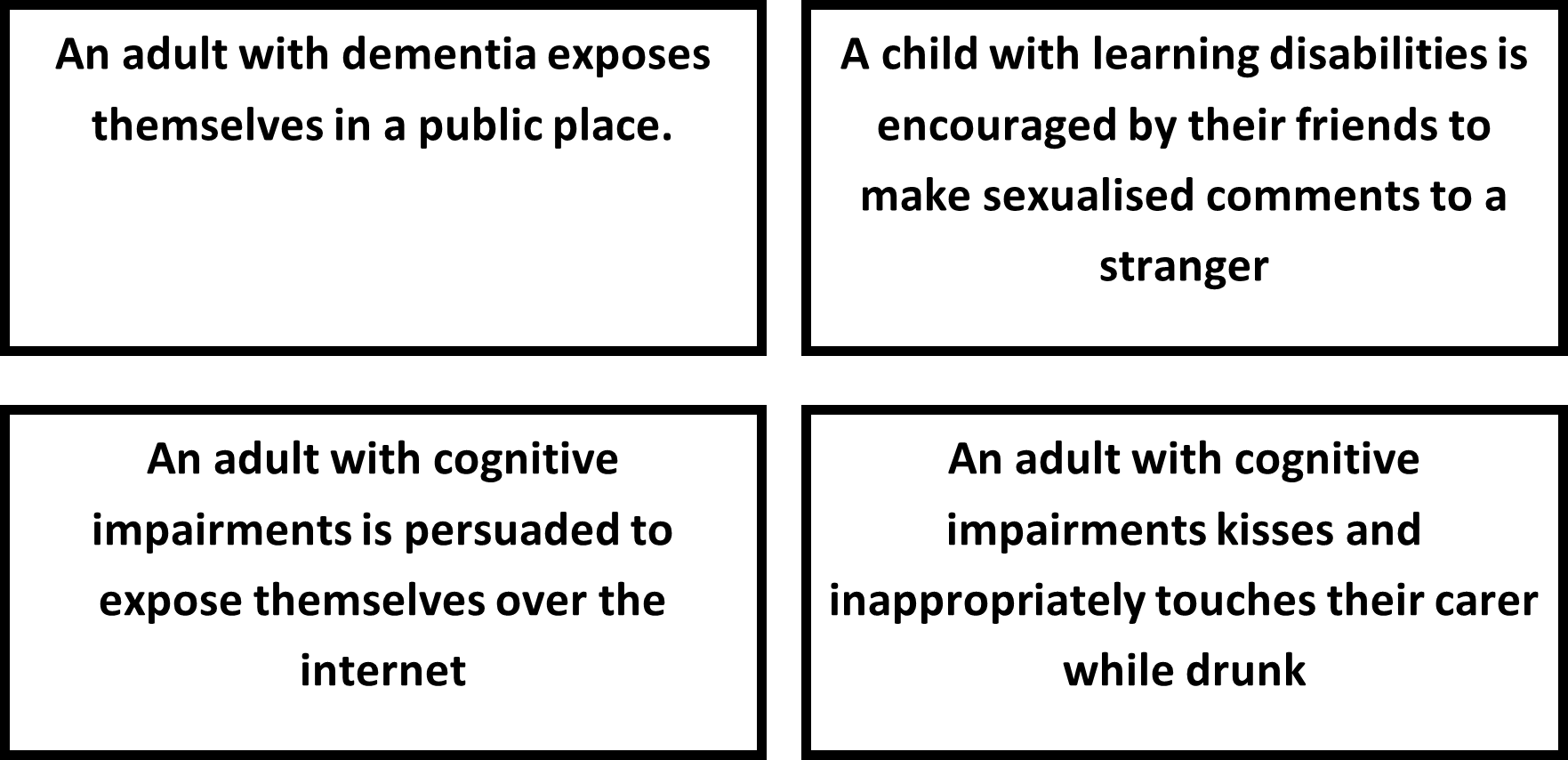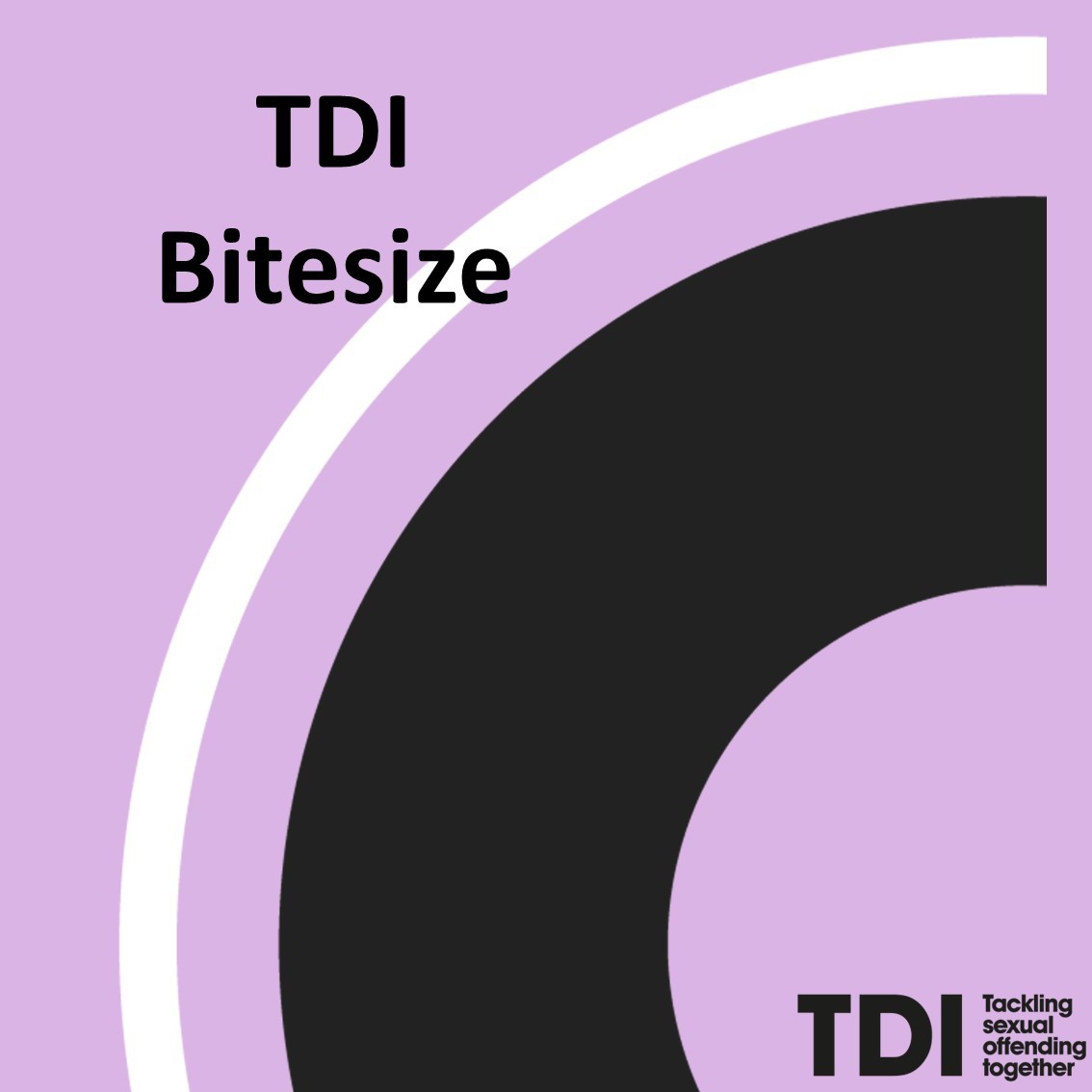
People with cognitive impairments are at increased risk of both becoming victims of sexual harm or being accused of it. Sometimes the latter is due to disinhibited behaviour rather than any criminal intent and this Explainer helps understand and manage that distinction.
What do we mean by ‘people with cognitive impairments’
By ‘people with cognitive impairments’ we mean a wide range of different groups who, for various reasons, may not be able to follow norms and rules about acceptable behaviour.
One such group would be some people with intellectual disabilities who may not understand boundaries or have issues around impulse control. Another group would be people with degenerative disorders such as dementia or Alzheimer’s who may be confused as to who others are and so what behaviour is appropriate.
The key issue here is behavioural disinhibition—acting in ways which would normally be prevented by social rules. At the same time, there is increased risk of becoming victims for those with cognitive impairments.
In no way should it be suggested that all people with cognitive impairments are at risk of disinhibited or sexually harmful behaviour, or carry the same risk of victimisation. In this Explainer, we are talking about a subset of individuals.
Some examples of inappropriate sexualised behaviour
To give a better idea of what we mean here, it may be helpful to consider some examples:

We can immediately see in these examples a range of motivations and responsibilities for the activity. Some are based on misunderstandings, some are directly caused by others, and some appear to be intended by the individual. Some of these, were they done by someone without cognitive impairments, would unambiguously be sexual offences.




